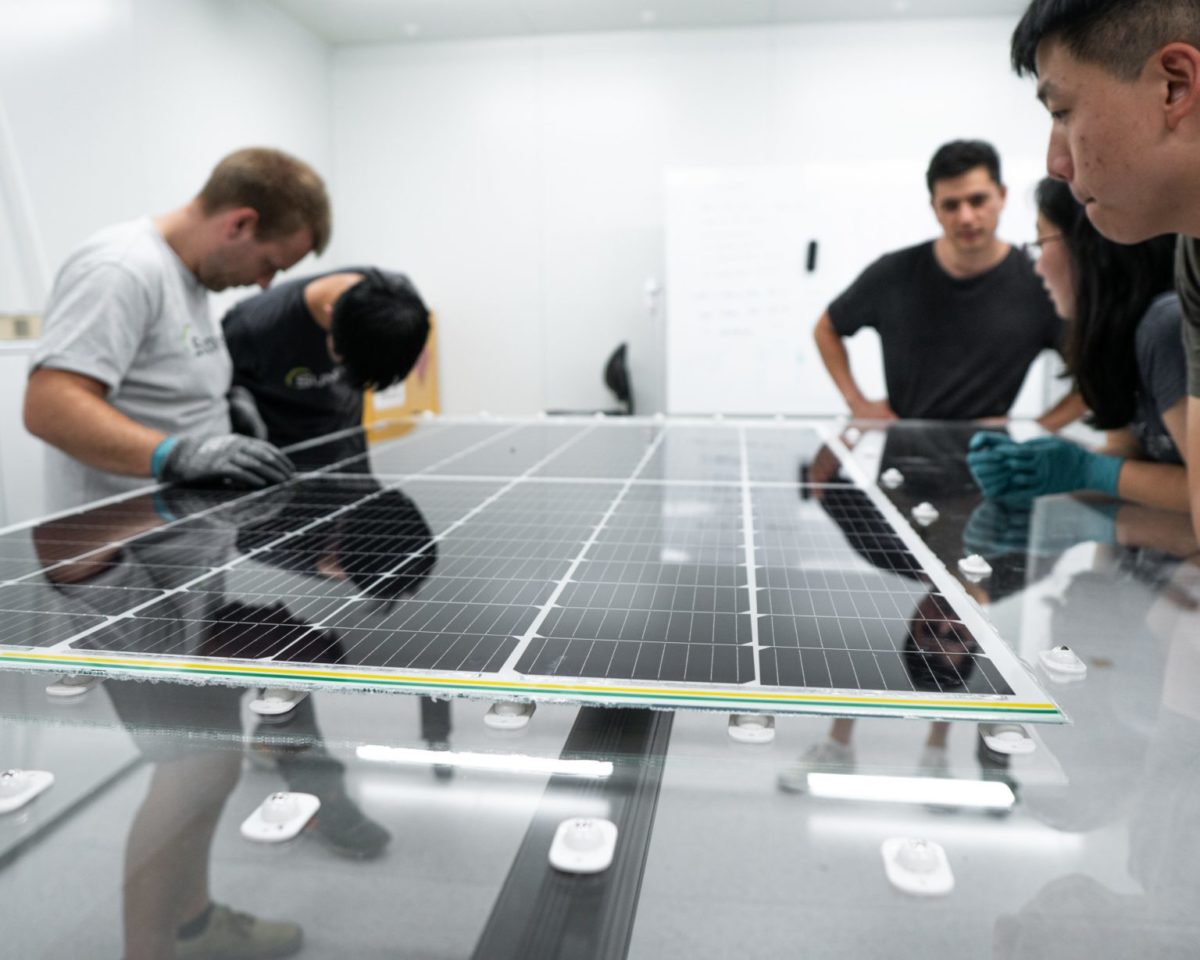The Australian Renewable Energy Agency (ARENA) has announced up to AUD 40 million ($28.7 million) in funding to support research and development toward the federal government’s “ultra low-cost solar stretch goal.” That target, announced as part of the government’s net-zero 2050 commitment prior to COP26 in Glasgow last year, seeks to bring solar generation down to AUD 15/MWh as the foundation for Australia’s energy future.
ARENA already has previous R&D investment for solar in place through its Solar 30 30 30 target of 30% module efficiency and AUD 0.30 per installed watt at the utility scale by 2030. But now that the federal government’s latest Low Emissions Technology Statement (LETS) makes “ultra low-cost solar” a priority technology, ARENA is inviting applications for the newly available funding through two streams:
- Stream 1 – Cells and Modules
- Stream 2 – Balance of system, operations and maintenance
In a statement, ARENA said it would split the AUD 40 million of additional funding equally between the two streams. ARENA CEO Darren Miller noted that Australia’s pioneering solar researchers will be key to driving further cost reductions and improving solar cell efficiency.
“Australia’s solar researchers have been leading the world for decades,” said Miller. “Thirty years ago, UNSW researchers invented the PERC silicon solar cell, technology which today is the foundation of more than 80% of the world’s solar panels … That great work continues through ACAP, our universities and CSIRO as well as clean energy startups. Just a few months ago, SunDrive – a startup founded by former UNSW students and now based in Sydney – created the world’s most efficient solar cell.”
Indeed, SunDrive managed to achieve the most effective commercial-sized silicon solar cell in the world with a figure of 25.54% in testing carried out by the Institute for Solar Energy Research in Germany last September.
Even more recently, SunDrive gave itself an early Christmas present with the successful fabrication of its first full-size solar panel. SunDrive’s innovative solution, achieved through hundreds of experiments in trial and error, amounts to a major technological shakeup of the solar industry’s Chinese cell manufacturing supremacy by finding a way to replace traditional and expensive silver in solar cells with the much more abundant and cheap copper. Copper is not as conductive as silver, nor as adhesive to the solar cell, but Allen’s solution rectifies this disparity as evidenced by its 25.54% world efficiency record.
Since the company was started in 2015, SunDrive has received AUD 2 million in grants from ARENA. It’s innovation like this, Miller continued, that ARENA aims to support.
“This AUD 40 million R&D funding round will support Australia’s solar researchers and industry to get behind the target of Solar 30 30 30 and drive innovation that will deliver ultra low cost solar … a vital component in helping Australia move towards a lower cost, largely renewable electricity system and achieve the goal of net zero emissions by 2050.”
Part of the federal government’s ultra low-cost solar ambition is to drive the scaling up of production of low cost green hydrogen to achieve the LETS hydrogen goal of “H2 under $2”. Although the government remains technologically neutral when it comes to hydrogen, green hydrogen generated through solar electrolysis has the greatest potential for cost reductions.
Expressions of interest for the Ultra Low Cost Solar R&D Funding Round are set to open in February 2022, with applications due on Monday, April 11, 2022.
This content is protected by copyright and may not be reused. If you want to cooperate with us and would like to reuse some of our content, please contact: editors@pv-magazine.com.




It’s a pity that the world has surrendered solar panel, battery and electric vehicle production, to the Peoples Republic of China, those tax revenues, from workers and corporations, will help them to get over the production hell, involved in network centric stealth fighter bombers. If the developed world, or for instance India, were to manufacture those, then the revenues could be used, to create a strategic balance, against Chinese adventurism. Such as the efforts, of The Fortescue Future Fund, the Biden Administration, the Chinese having access, to the largest free trade area, in the world, whilst denying sales, in their markets to Australia and others.
This is Clean Disruption and the money to be made, is vast, trillions of dollars, if we get efficiencies up, prices per kWh down, in solar, batteries and hydrogen, then those trillions could flow away, from China and into, the coffers, of democratic governments and free market corporations.